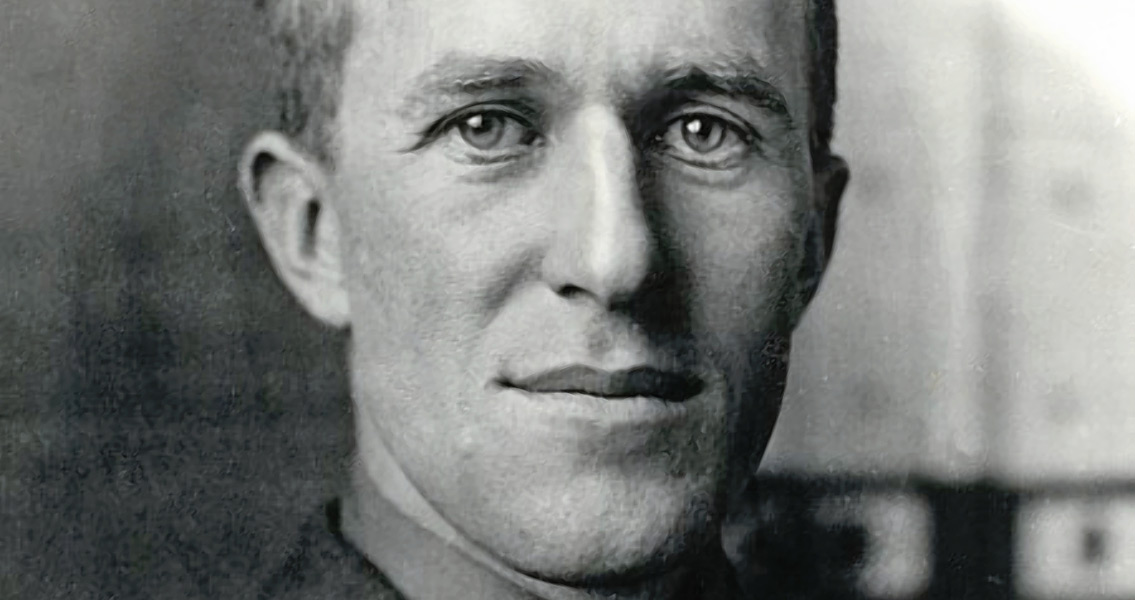<![CDATA[Newly uncovered archaeological data points to several aspects of the life of TE Lawrence, the British officer better known as Lawrence of Arabia, being closer to truth than to fiction. Lawrence famously recounted his exploits during World War One in his memoirs, Seven Pillars of Wisdom, where he described the role he played in 1916 fomenting revolt against the Ottoman Empire. The veracity of his account has been under fire for decades, as historians and biographers have criticized the text for being less than forthcoming with the truth, but the Great Arab Revolt Project’s Neil Faulkner says that there may be more truth in Lawrence’s accounts than previously thought. In an interview with the BBC, Faulkner says that he has spent the last decade researching archaeological sites in the Jordanian desert. The researcher has been comparing these finds with the locations and events described in Lawrence’s memoir, discovering that the British officer – himself a trained archaeologist – had been keeping an accurate account of his travails during the events of the war. Faulkner remarked that many places Lawrence describes in Seven Pillars of Wisdom are located accurately. These locations include places such as overnight camps used by British special forces and Arab revolutionaries as well as Turkish army camps, blockhouses, hilltop redoubts, and fortified stations. Additionally, Faulkner and his colleagues have found evidence of armed conflict in these locations that would confirm the firefights described by Lawrence occurred. Artifacts include balls of shrapnel, fired bullets, and spent cartridge clips as well as cartridges themselves. The archaeologist says that based on these finds, it seems that Lawrence’s account of the war is not just reliable but also comprehensive. Faulkner even went as far as to claim that Seven Pillars of Wisdom may be among the greatest war memoirs ever written. A large collection of the artifacts Faulkner and colleagues found have been added to existing Lawrence museum displays in Newark, Nottinghamshire in the UK. These items now stand alongside a reconstructed Bedouin tent such as Lawrence claimed to have stayed in while working against the Ottomans during World War One, a chest that had been used to transport gold to pay Arab chieftains, and the very famous set of robes Lawrence wore in a series of iconic photographs that helped popularize him and his story. After the end of the First World War, Lawrence left the British Army and joined the Royal Air Force, where he would become stationed in Linconshire at Cranwell. He visited nearby Newark for a weekly snooker game via motorcycle. While Lawrence would come to be stationed in several different locations over the years, he was never without his Brough motorcycle, a conveyance he had nicknamed “George V.” However, Lawrence’s love of motorbikes would ultimately lead to his demise. In 1935, shortly after retiring from the British military; he was involved in a crash on May 13th, dying six days later from the injuries he had sustained. ]]>
Archaeology Backs Up Lawrence of Arabia’s WWI Exploits
